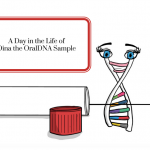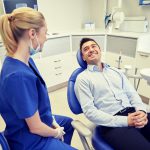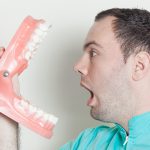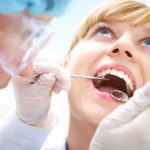
The video entitled; "A Day in the Life of Dina the OralDNA Sample" explains how a salivary sample is analyzed at OralDNA Labs, ultimately resulting in a report indicating the specific pathogens involved in the patient’s case of gum disease. It is a highly informative animation of the various steps involved in identifying the bacteria in the salivary sample. The processes involved in sample analysis are presented with great clarity and conciseness in an entertaining manner. I highly recommend vie...
Read More









